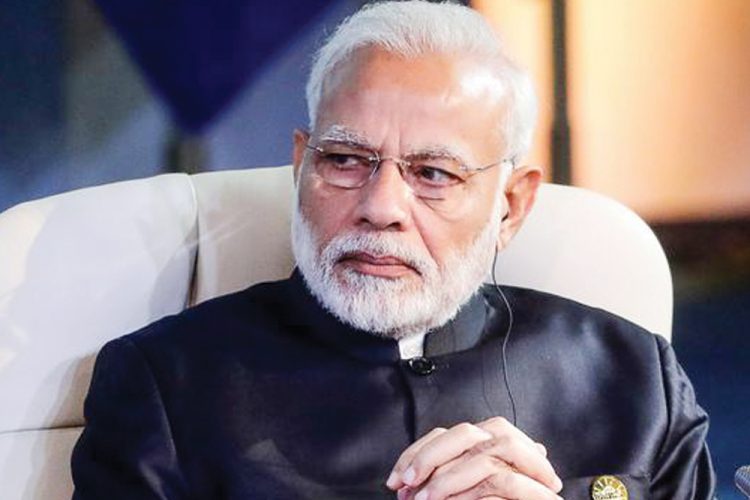CARICOM and India – Smart foreign policy

On the margins of the recently concluded 74th Session of the United Nations General Assembly (UNGA), Prime Minister Narendra Modi of India hosted the inaugural India-CARICOM leaders’ summit.
Importantly, all independent CARICOM members were represented at this meeting which was a sign of the significance that the region attaches to its relationship with India. Earlier in September 2019, the Prime Minister of St Vincent and the Grenadines (SVG), Dr The Hon. Ralph Gonsalves made the first visit to India by a sitting Prime Minister of SVG. Coming out of the India-CARICOM meeting, India pledged United States (US) $14 million in grants for community development projects and another US$150 million Line of Credit for solar, renewable energy and climate-change related works. On account of the bilateral meeting between India and SVG, the leaders agreed to enhance cooperation between the two countries including in the areas of skill development, training, education, finance, culture and disaster management.
This coming together between India and CARICOM and India and St Vincent and the Grenadines represents smart and practical foreign policy on all sides. At a time when India is seeking to lift its profile on the global stage, strengthening relations with CARICOM makes sense because in important global bodies where India is seeking to assert itself, CARICOM represents a voting bloc of 14 independent states that could prove useful for India. Furthermore, winning friends in CARICOM is also an opportunity for India to expand south-south cooperation and advance its commercial interests.
For CARICOM countries, closer cooperation with India makes sense for a multiplicity of reasons. India is the world’s largest democracy, its fifth largest economy and second fastest growing economy, and geographically, it is situated in Asia which is currently the most economically dynamic region of the world. These factors present compelling diplomatic, economic and geo-political reasons for CARICOM countries to strategically engage with India.
Significantly, these overtures between India and CARICOM are taking place at a time when there is a sense on the part of some observers that some of the region’s traditional partners, particularly the US and Canada are prioritising other parts of the world. During the Obama presidency, a major foreign policy thrust of the US was its pivot to Asia and under the Trump presidency, the US seems to be turning inwards more so than at any other time in recent memory. Under former Prime Minister Harper, Canada had made a $600 million-dollar commitment to the region, however, nearly 5 years into Justin Trudeau’s term as Prime Minister, one is still unclear about where he stands in relation to the Caribbean. Against this background, India coming on board in a more meaningful way as a development partner for CARICOM is a welcome move.
Data and analysis from AidData, a research lab at William and Mary, the second oldest institution of higher learning in the US, has documented India’s rise in influence as an aid donor. According to AidData, India ranks at 24th on a ranking of the most influential development partners and even outscores other major donors such as China in areas such as the helpfulness of its foreign aid.
As the relationship with India grows, opportunities will arise to expand the scope of its cooperation with CARICOM countries. The areas already identified such as renewable energy and climate change are fundamental for the region’s development. In the future, one would hope that CARICOM countries will be able to create pathways where India-based innovation and technology can play a critical role in contributing to the region’s development. It is also hoped that the region will be able to capitalise on opportunities to benefit from greater trade and investment with India.
Email: joelkmrichards@gmail.com












